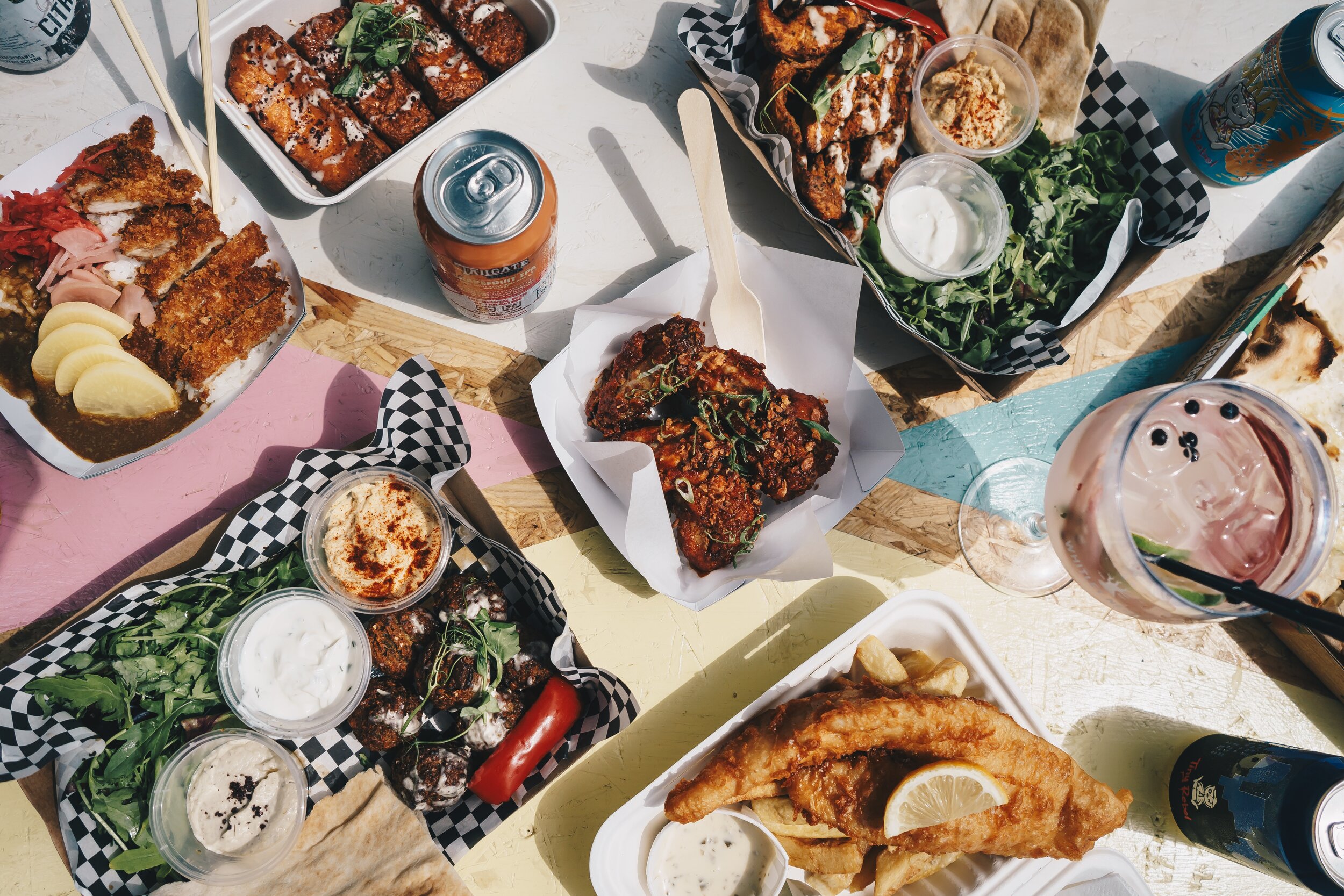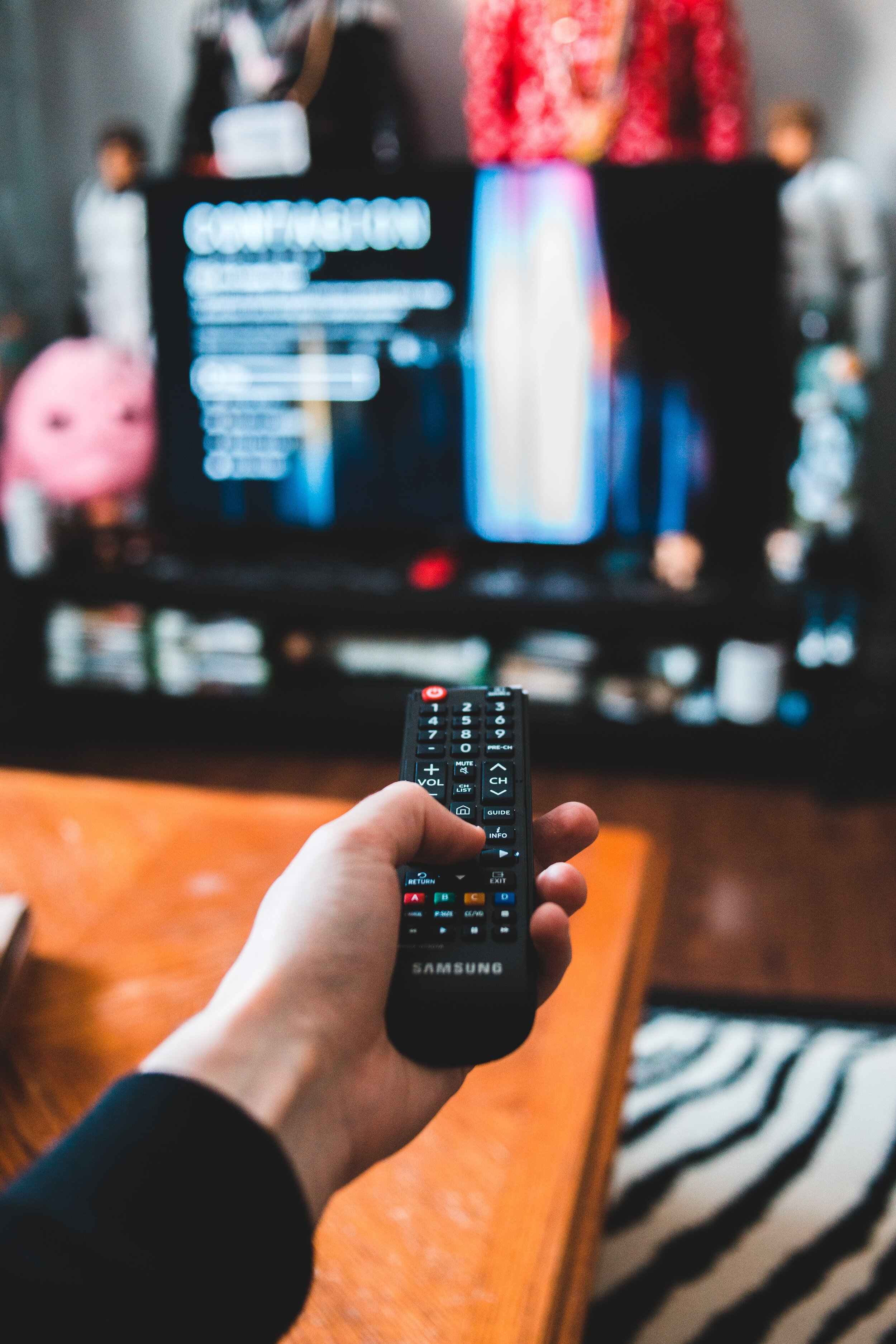Taking Control of your Vices
When it comes to the way most people spend their money, their personal vices tend to have a massive impact on their overall financial health. A vice can be described as a specific non-essential purchase you make on a repetitive basis, or an essential purchase taken to an extreme (ex. if you’re a food lover who spends way more on groceries than you need to). It could be anything, but consider your own spending habits; chances are you have a few vices yourself. Some examples of common vices include alcohol, coffee, lottery products, take-out food and subscription services. Vices are often relatively low-cost purchases, but due to the frequency at which people buy them, they generally have a considerable impact on people’s bottom lines. To be clear, having a vice is a very different thing than having an addiction. While vices can be tough to quit and can cost you quite a bit of money if unaddressed, addiction is a mental and physical disease that radically impairs one’s ability to make informed financial choices (among all other negative effects that addicts experience as a result of the disease).
Often times when we think about our spending habits, it’s easy to trick yourself into thinking that the larger purchases you make, such as an expensive new winter coat or a new pair of prescription glasses, are the ones that make the biggest dents in your savings. However, for most people, it’s actually the collective total amount of smaller purchases that’s really the culprit behind dwindling savings. According to a survey by CNBC and financial wellness organization Acorns, 58% of respondents said their last impulse purchase was under $100, with 1 in 4 saying it was $25 or less. Smaller purchases often don’t seem like much at the time you’re making them, particularly if they’re being charged directly to a credit card, but this effect can convince you that you’re not far off track with your saving goals even when you’re spending on a constant basis. It’s also too easy to completely forget about all the small purchases you make if you’re not diligent with tracking your expenses. In a survey conducted by West Monroe Partners, 2500 respondents were asked how much they thought they spent on subscription services. Their answer was $79; in actuality, the average respondent’s monthly spend was actually around $237.
Ultimately, for the average person, reducing the amount they spend on their vices is the key to taking significant steps forward in reaching their financial goals. It comes down to recognizing where you can cut back, and then working on improving your self-control when it comes to that type of purchase. In that light, we wanted to offer a few tips on how to assess your relationship with your vices and make changes that’ll have a positive effect on your bottom line.
Do Your Research
When we say “do your research”, what we mean is that you need to have a clear understanding of your financial history and your spending patterns before you can make any effective changes; you’ll need to do research into your own life, as odd as that sounds. This is a point that’s come up in a number of Money Talks posts, but it’s importance cannot be understated if you’re trying to take control of your finances. As a result of the effect of small purchases not seeming so harmful while you’re making them, you might be surprised at what you learn by taking a closer look at your bank transaction history. For example, you might assume that your biggest vice is take-out food because you order it a handful of times each month, when in reality your daily coffees may add up to much more.
The best way to go about this is to go through your past couple months of bank statements and start totalling up your spending on the various types of vices you may have. If you have banking software or some kind of spreadsheet tracking your expenses, you’ll be able to easily tally up monthly and quarterly totals for each category of vice. You should also try to compare these totals with the frequency of each type of purchase. If possible, also try to consider how different kinds of purchases are linked to create one, much larger expense. A great example of this is if you consider going out with friends to be a vice of yours. Of course, this has changed a bit with the onset of COVID-19, but a night out will likely include a variety of different kinds of non-essential expenses, including spending on drinks, taxis or Ubers, food and maybe the cost of a ticket to an event if not more. That means, if you’re going out all the time, you’re probably spending a massive amount of money on your vice, your social life. Instead, you could make an effort to stay in a bit more often or suggest lower-cost events to your friends, saving a significant amount of money in the process without fully giving up what you like. Ultimately, by going through this exercise, you’ll gain a clear idea of where your disposable income is going so you can take steps forward in improving your financial habits.
Once you’ve gone through your bank records, it’s also worthwhile to spend some time thinking about the times and emotions that tend to lead you astray. You may not realize it, but there are probably deeper patterns that govern your spending habits, and your banking history will be the evidence you need to make it clear. For example, if you notice that you’re constantly ordering in food as a comfort after a rough day at work or as a reward after a particularly great day at work, you may be an emotional eater (meaning you see food as a remedy for your emotions, and may be dependant on it when you feel extremely sad, happy, angry, etc.). You could then devote more time towards reading up on emotional eating and work to combat that issue specifically.
Think Big Picture
Once you know where you need to cut down your spending, you can start to develop strategies on how you’re going to do so. If you find that you realize yourself thinking you need to stop buying something, only to find you regularly convince yourself it’s OK in an impulsive moment, you’ll need to spend some time working on your self control. This can be accomplished in a number of ways, including removing temptation from your life as much as possible (ex. deleting all your food ordering apps off your phone), working on stress reduction techniques (ex. exercising regularly, getting a proper amount of sleep each night), and monitoring your progress with your goals on a regular basis.
However, the best strategy you can take to accomplish this is to think big picture in regards to the way you spend your money. It takes a fair amount of discipline to create monthly spend limits for each type of purchase you make and then stay within them, and if you already find you have a tough time cutting out your vices, you probably won’t have much success with that strategy. Plus, if you’re regularly spending on lower-cost vices, it becomes hard to see all your purchases as linked to one another. Instead, think about your monthly income and subtract your essential expenses (ex. rent or mortgage, utilities, groceries and so on). Whatever the amount you have left over is the amount you can afford to allocate towards saving and/or spending on non-essential items. All financial advisors will agree that you should first put money towards your savings at this point instead of waiting until the end of the month. That way, you can choose a fair amount that falls in between being too much and too little based on your own income level and personal needs, then leave yourself with enough money to reasonably cover all your other non-essential expenses until your next pay day. This way, you can ensure that your savings remain saved.
Once you’ve determined how much disposable income you have to spend, it’ll be important to think of this amount as one large pool that all non-essential purchases will come out of, and be sure stay on track with this number on a daily basis. Ultimately, you need to get into the habit of seeing spending on vices as a zero-sum game. That means, in order to spend on one vice, you have to give up another thing. For example, you can have a few specialized subscription TV services, like Hayu or Amazon Prime, or you can purchase a couple lottery tickets per month, but you can’t have both without cutting out something else you’re planning on spending on (which may be a more productive use of your money, like art supplies, a vacation or simply more put towards your savings). James W. Frick once said, “Don’t tell me where your priorities are. Show me where you spend your money and I’ll tell you what they are.” If you think your priorities are set on starting a business, moving into a new place or some other larger-scale goal but you’re frittering away your extra cash on a ton of small purchases, there’s a fundamental disconnect between your thoughts and your actions. Getting into the zero-sum habit will make it clear where your priorities lie, and may help you reduce your dependence on your vices in a relatively organic way. Ultimately, it’s really important to build your spend awareness and know how to stop money from slowly leaking out of your bank account.
Plan for Some Occasional Indulgence
Finally, if you’re trying to make long-term changes to your spending habits, giving up on all your vices cold turkey probably isn’t the best strategy. The average person will be able to avoid their vices entirely for a little while, but will eventually crack and let impulsive thoughts take over again after a period of good behaviour. Often times when people do start spending on their vices again, they also tend to go overboard and spend more than they usually would after a period of such strict adherence to self-imposed rules.
Beyond just the impractical nature of trying to cut all your spending on vices down to zero, that’s generally not a very fun way to live your life. If you’re managing a full-time job on top of all your other personal responsibilities, you deserve to spend some of your hard-earned money exactly as you’d like to (even if it’s not strictly a “smart financial decision”). As long as you’re not spending money so recklessly that it’s ruining you financially or putting your health in danger, you shouldn’t completely deprive yourself of the things that you enjoy! The true trick to making long-term changes to the way you spend lies in working your vices into your life in a reduced, financially healthy manner.
As such, it makes sense to allow some wiggle room in your budget to cover occasional indulgences, whatever your vices may be. You could do so by setting a total monthly budget, or by setting a total number of days per month you can indulge, as long as you’re still viewing these indulgences from a zero-sum perspective. The former works well for vices where your spending will likely be irregular each time you buy (ex. if you order food from different restaurants, the totals are likely to be different each time), while the latter is a decent option if you make a regular purchase that’s approximately the same each time (ex. a fancy latte from a local coffee shop that costs $5). If you know your take-out night or your special coffee day is coming, you’ll have an easier time saying “no” to yourself when the devil on your shoulder suggests it’d be a great night for Uber Eats. Or, if you really can’t resist, you don’t have to beat yourself up for enjoying your vice as it’s already been built into your budget (as long as you hold off on indulging again for a while). By doing so, you can still enjoy the things you love while putting away more and more money into your savings over time.
We hope these tips help you reassess the way you spend on your vices. Whatever they may be, it’s in your best interest to try to understand why you’re so attached to your vices and to learn how you can balance a bit of enjoyment with smart financial decision making.
Check back to Money Talks every Monday for a new post featuring more tips and tricks on how to reach your saving goals, and subscribe to our mailing list for blog updates!
Have a suggestion for something you’d like us to write about? Shoot us a message at contactus@quber.ca and we’ll get to work.





